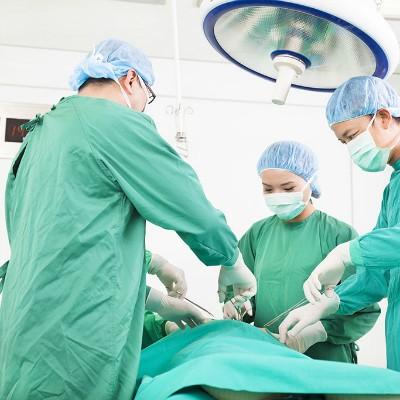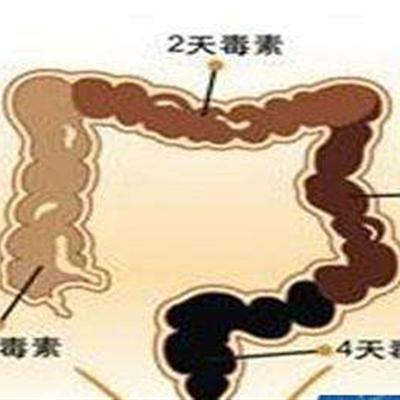Which department does lower extremity venous thrombosis belong to?
summary
The factors of DVT come down to hypercoagulability, slow blood flow and damaged vascular wall. Because the disease often has complications, many departments in the hospital are more or less involved in these three, eventually leading to the formation of deep venous blood, which brings great inconvenience and risk to the hospital and patients. Now let's get to know which department does venous thrombosis belong to? It's a matter of time.
Which department does lower extremity venous thrombosis belong to?
First: Orthopedics: orthopedic surgery patients due to the following factors: 1. Patients after fracture surgery, due to pain and passive position and other reasons, resulting in muscle contraction dysfunction, reducing the driving force of venous blood flow, making blood slow down, blood stasis; 2. Preoperative fasting, postoperative blood loss and fluid loss can increase the blood viscosity and cause DVT. The study showed that the incidence rate of DVT after operation was 10%-80%, the incidence rate of PE was 15%-50%, the incidence of fatal PE was 0.5% -5%, and PE was the most common cause of death after hip fracture surgery.

Second: general surgery: surgical patients due to the following factors: 1; 2. Preoperative fasting, intraoperative and postoperative blood loss, fluid loss and the use of hemostatic drugs can increase blood viscosity; 3. Surgical trauma and postoperative venipuncture can also lead to venous intimal injury, leading to the occurrence of DVT. It has been reported that the incidence of DVT after major surgery without preventive measures is 25%; It has been reported in China that the incidence of DVT after general surgery is 19%, and the incidence of fatal PE caused by DVT in general surgery is about 5.5% - 20.8%.

Third: oncology: patients due to the following factors: 1. Long term bedridden, reduced activity or vascular compression by a huge mass, resulting in venous blood stasis; 2. Tumor cells can directly activate the coagulation pathway, induce the production of procoagulant substances, inhibit the anticoagulant activity of vascular endothelial cells, platelets and monocytes, resulting in hypercoagulability of blood; 3. When the tumor cells invade the vascular wall, they are destroyed, leading to the formation of DVT and the occurrence of PE. It is reported that 10% - 30% of the DVT patients are tumor patients, and about 15% of the second tumor patients can develop DVT.

matters needing attention
The symptoms of lower extremity varicose veins are more obvious, suffering from this disease must be targeted treatment, to the regular hospital for examination, generally early treatment, early effect, to avoid other aspects of infection, if the disease is more obvious, it may also lead to skin ulceration or abscess phenomenon.














